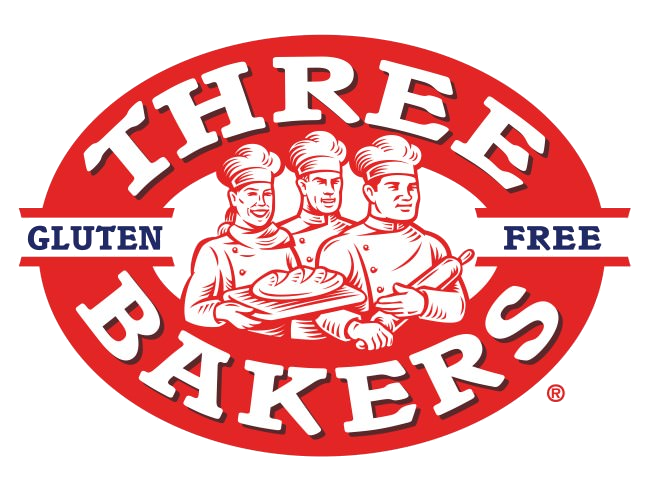- BY Jane Trygar
- POSTED IN Gluten-Free Life, Information
- WITH 0 COMMENTS
- PERMALINK
- STANDARD POST TYPE
The first time you go shopping after starting a strict gluten-free diet can be a little terrifying. Turning over your favorite packaged foods becomes an exercise in confusion and disappointment.
‘Not made with gluten ingredients’? ‘Made in a facility that also processes wheat’? What does it all mean?
Reading food labels is an important part of keeping yourself safe and healthy after being prescribed a gluten-free diet. Unfortunately, the gluten-free standards are far from perfect.
Certified Gluten-Free Labeling
Foods that are gluten-free are not automatically issued a ‘gluten-free’ label. Companies must apply for these labels themselves, and so many do not.
To further complicate matters, there are several gluten-free labels available for companies.
|
Issuer |
Gluten content |
Additional Information |
|
FDA |
< 20 |
A Glimpse at Gluten-Free Labeling |
|
GiG |
< 10 |
The Gluten-Free Certification Organization |
|
CSA |
< 5 |
Advisory Labels
Advisory labels are also voluntary, but usually present. These are the the notices under the ingredients list that say “May contain wheat” or “Produced on equipment that also produces products that contain wheat”. Always check for these advisory labels, and avoid foods with these warnings.
In the event that neither label nor advisory notice is present, you’ll have to dig into the ingredients list to decide whether the food in your hands is gluten-free or not. Here are some tips.
-
First, you’ll want to look for for wheat, rye, barley/malt, and oats.
-
Wheat is an easy ingredient to scan for. The Food Allergen and Consumer Protection Act requires food companies to list the 8 most common allergens, including wheat.
-
Rye is not incredibly common in prepackaged foods. When it is used, it’s typically listed.
-
Malt and barley typically show up together or as ‘barley malt’. Generic ‘Flavoring’ ingredients may contain malt or barley.
-
Oats are a hotly debated food in the gluten-free community, but that’s a discussion for a different post. Even if you know you’re able to digest oats, when used in prepackaged food, this ingredient is often cross-contaminated.
-
-
As Michael Palin has taught us, the more processed a food is, the longer and more complex the ingredients list gets. This can make it more difficult to discern whether or not a food contains gluten. Thankfully, Celiac.com has lists of safe ingredients and unsafe ingredients. Print them out or bookmark them on your smartphone to use on your next shopping trip.
-
That being said, it’s probably safe to focus on buying naturally gluten-free ‘whole foods’. Fresh produce, meats, etc. are not only better for you (no judgement!), but often safer as well.
-
Always read labels, even on products you’ve determined are ‘safe’. Things are always changing, and even big companies with a well-established taste will occasionally tweak their secret sauce.
-
Anytime you’re in doubt, don’t hesitate to call the company and get the lowdown. Some questions to ask are:
-
Does this product contain gluten?
-
Has this product come into contact with food or machinery that contains gluten?
-
If this all seems a little overwhelming, take a few deep breaths and consider downloading one of these apps to help you keep track of which foods are gluten-free and which are not:
-
Is That Gluten-Free? (iPhone)
-
Gluten-Free Groceries by Triumph Dining (iPhone)
-
Gluten-Free Scanner (Android)
Did you use these tips on your first gluten-free shopping trip? Were they helpful? Tell us in the comments!
(Image Source: Tiffany Terry)

